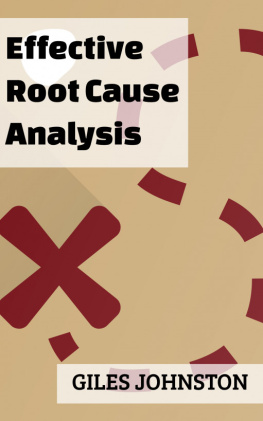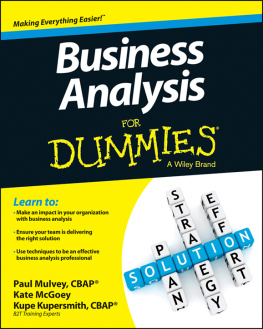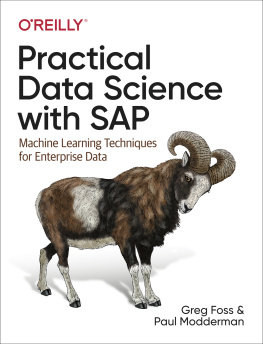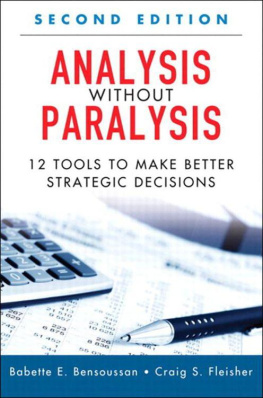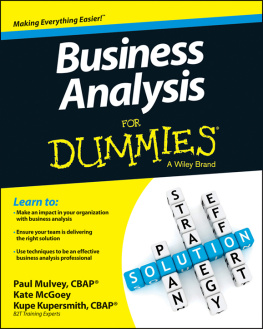Effective Root CauseAnalysis
Looking at control,responsibility, process improvement and making the whole activitymore effective
Giles Johnston
2019 Smartspeed ConsultingLimited
Smashwords Edition
Disclaimer:
The author of this book hastried to present the most accurate information to his knowledge atthe time of writing. This book is intended for information purposesonly. The author does not imply any results to those using thisbook, nor are they responsible for any results brought about by theusage of the information contained herein.
No part of this book may bereprinted, electronically transmitted or reproduced in any formatwithout the express written permission of the author.
Contents
Introduction and warning
The issue(s) at hand
A recap on root cause problemsolving approaches
The idea
The questions
Moving from decision intoaction
Stories
Opportunities
Conclusion
Reference and furtherreading
About Giles
Introduction and warning
Thanks for picking up thisbook.
Firstly, I hope that you enjoyit and find the ideas I share to be useful to you (both on apersonal and a business level). If you are new to root causeproblem solving or want to get a little more performance for yourbusiness, then I aim to share with you something valuable. You willcertainly be able to make your business become more effective andmore efficient. Root cause analysis is a superb approach to findout what is really going in your business and make some farreaching and permanent changes. In this book I will guide youthrough some of the best (and simplest) approaches to conductingroot cause analyses.
Secondly, let me share with youa quick note about why this book might not be for everyone. Thereis a large focus in this book about personal responsibility.Carrying out a root cause analysis can be a momentous activity fora business; a real performance breakthrough can occur if you digfar enough into the reasoning and logic of how your business works.If you apply this to personal responsibility at the same time thenyou can achieve even more potent results. This might mean lookingat some of your failings head on and making decisions about how youchange your style / behaviour / approach going forward.
This book isnt solely togrumble about your shortcomings (we all have them!), but you havebeen warned. Also, this approach can be applied at every level ofevery organisation so, as I write this, I am hoping that you willbe able to take out the positives from this extension to root causeanalysis and make a real difference to both your personaleffectiveness and your business results.
Finally, let me acknowledge thatstuff happens and personal responsibility will only go so far.Levels of influence, ability and the strange way that the Universeworks need to be factored in. It wont stop us from becoming moreeffective and achieving better results, but lets be realistic.Sometimes stuff happens and the root cause of that particular issuemight be so far away from our ability to resolve it might seempointless. But, our ability to respond will always be available tous and we can keep this point in mind as we progress through thefollowing pages.
Enjoy the book. I have kept itas short as I possibly can to make it as accessible as possible.Take the ideas and bend them and shape them into a form that worksfor you. Most importantly, experiment with your own experiences andsituations to apply the bits of this book that make the most senseto you.
Sit back, absorb and then goplay!
Giles
The issue(s) at hand
So, why have I decided to writea book about root cause analysis and the need for greater levels ofpersonal responsibility? The tools that I will share with you inthis book can really make a difference to business performance. Ireally believe this. I am like a stuck record with my clients andfor a very good reason. Root cause analysis can be transformationalwhen focused in the right areas and when the attitude used to carryout the analyses is in the right place.
Let me talk you through whatare, in my opinion, the issue(s) at hand with this topic. Youshould then understand exactly why I felt the need to write thisbook and what to expect further on.
We look at problems as if they arenew
Businesses have lots ofproblems. Problems are there all the time and core problems mayslowly change over time. Some problems are new but many of them arethe same old issue re-surfacing in a different way (see the nextpoint). As we tend to think of the problems as all being different,we then get paralysed with deciding where we want to start ourinvestigations. The beauty of root cause analysis is that you canstart anywhere, because the origins of the problem are often few.If you have read any of my other books you may well recall themanufacturing business I like to quote that had over one hundredand fifty post it notes on their office walls detailing all oftheir current woes. Once we carried out some effective root causeanalysis (their previous approach was somewhat aggressive anddidnt yield much in terms of results) it turned out there wereonly three things that they needed to focus on to make significantprogress with their overall improvements. One hundred and fiftyissues, three real issues.
In this book Ill share with youthe same approach that I used with this business.
Shortcomings of root causeanalysis
On many occasions, when I seeroot cause analysis being carried out (Im going to use theshorthand of RCA going forward), I see it coming up short. Theteams pull their ideas together and try to understand the cause andeffect relationships that are going on around them. RCA isntalways the easiest thing to undertake if youre new to it and assoon as the team think they have gotten to a root cause theirmomentum slows. The team think that they have arrived at the rootand are happy to put in place an action to resolve the situationonce and for all. The only trouble is that many times they haventarrived at the correct destination and they are still talking aboutsymptoms that the business has. Without truly arriving at the rootcause they will find that the symptoms will manifest as somethingelse in due course. The corrective actions chosen will not dealwith the underlying issue effectively.
Later in this book I have somesimple questions that will help you to drive to a true root causeand turn the power of this process up a few notches!
RCA can take a long time
Another grumble that I hearabout using RCA is that it can take a long time to find out theanswers that you need. In actual fact, whilst this could be thecase when facts need to be gathered and data crunched, most othercases can be solved in a matter of minutes. Of course, this dependson how skilled you are at applying the tools, how open yourcolleagues are to having a conversation and how much data needs tobe analysed. In my experience more business problems are resolvedqualitatively rather than quantitatively and thats good news foryou and your team.
Qualitative problems requireexploration of ideas, standards and processes rather than harddata. As long as you have all of the right people around the tablewhen you start a RCA exercise then you should find that the time iswell spent and that you are not stuck in the middle of a timedraining event.
This book will focus on thetools that are geared towards qualitative assessment. I will alsopush you past basic cause and effect relationships, to somethingmore powerful.
Limited application
RCA is not applied to everyopportunity that it could be. I often see it used when dealing withbusiness non-conformities (as you would carry out when executing anISO 9001 type quality management system), but application in otherareas is patchy.
Next page
